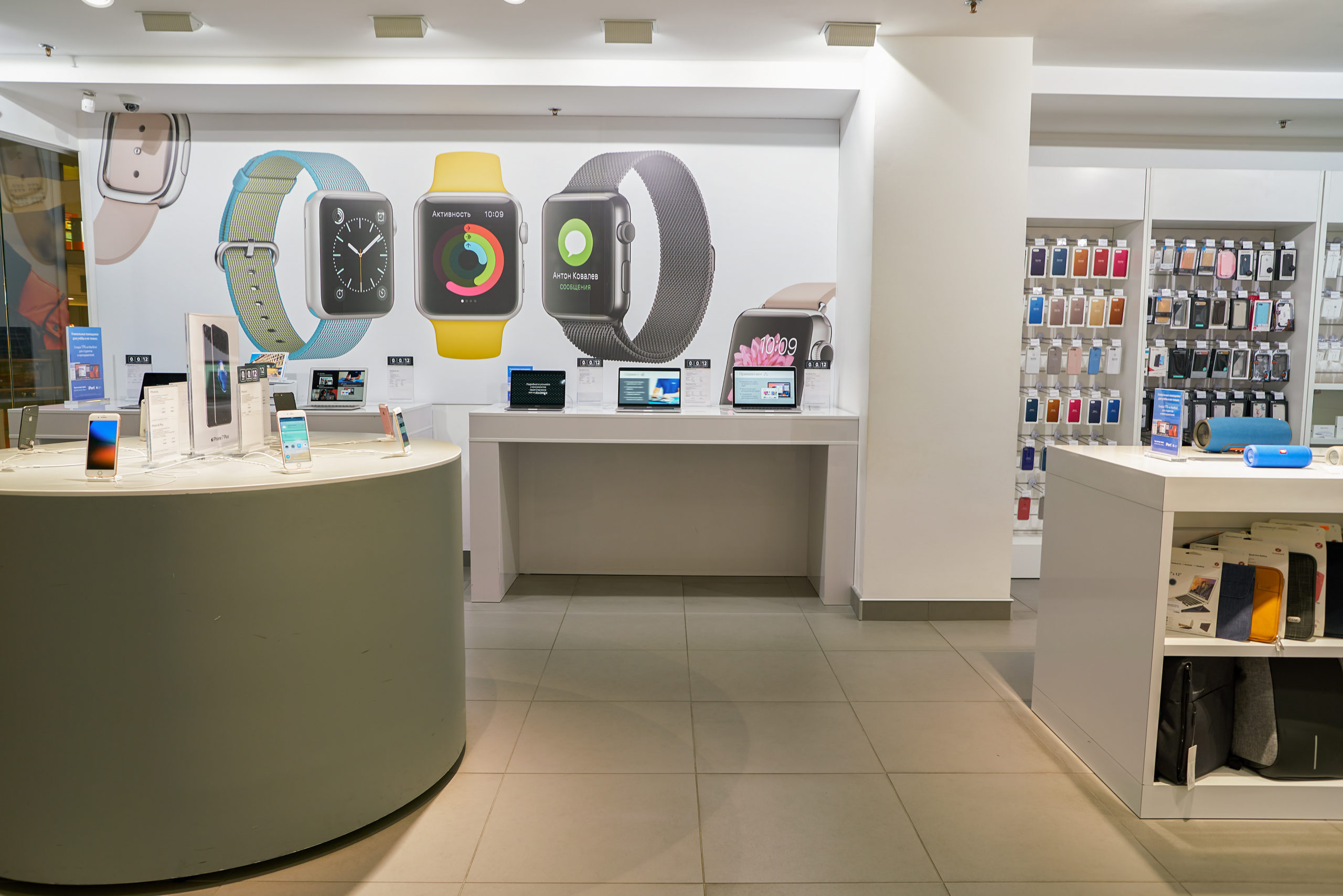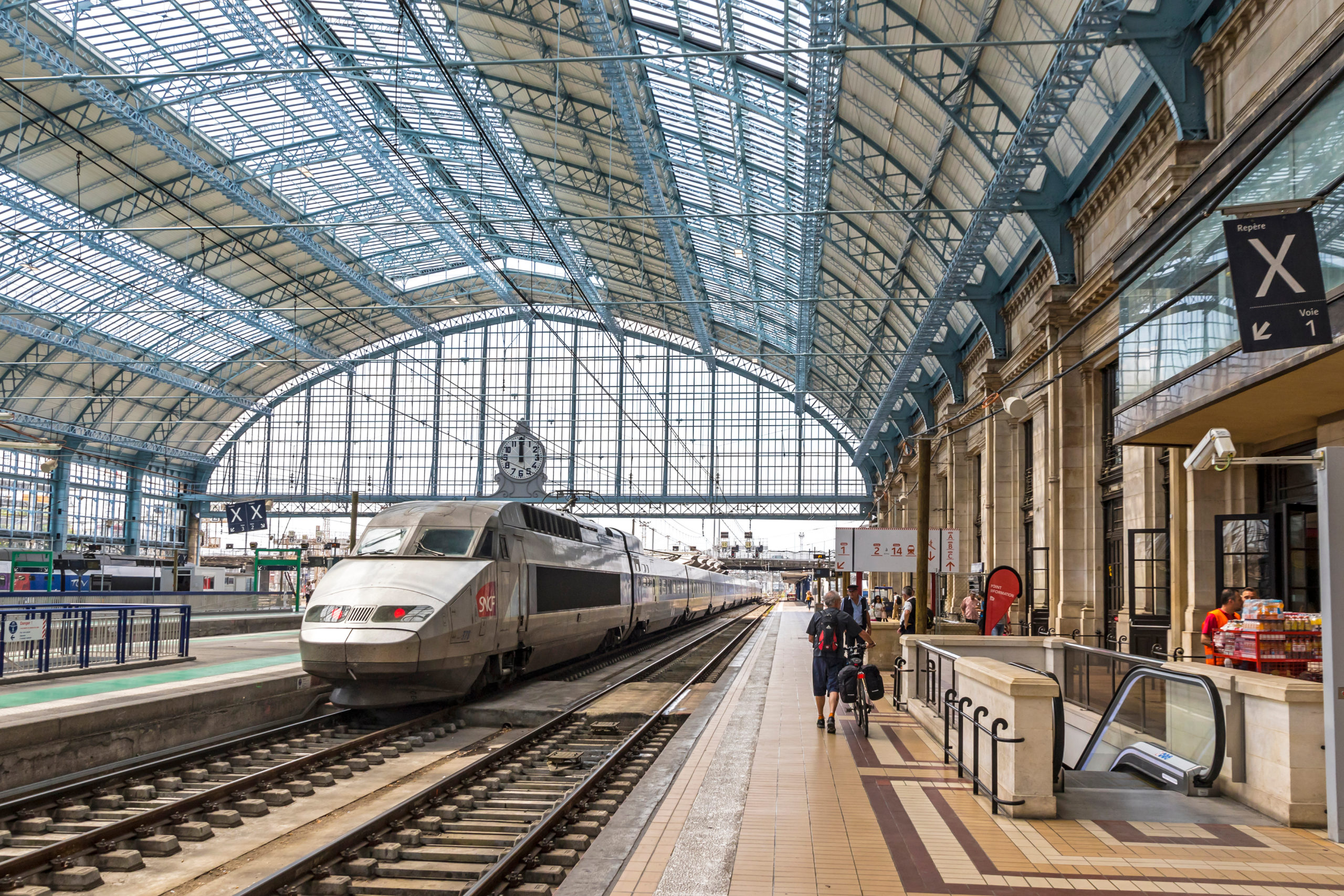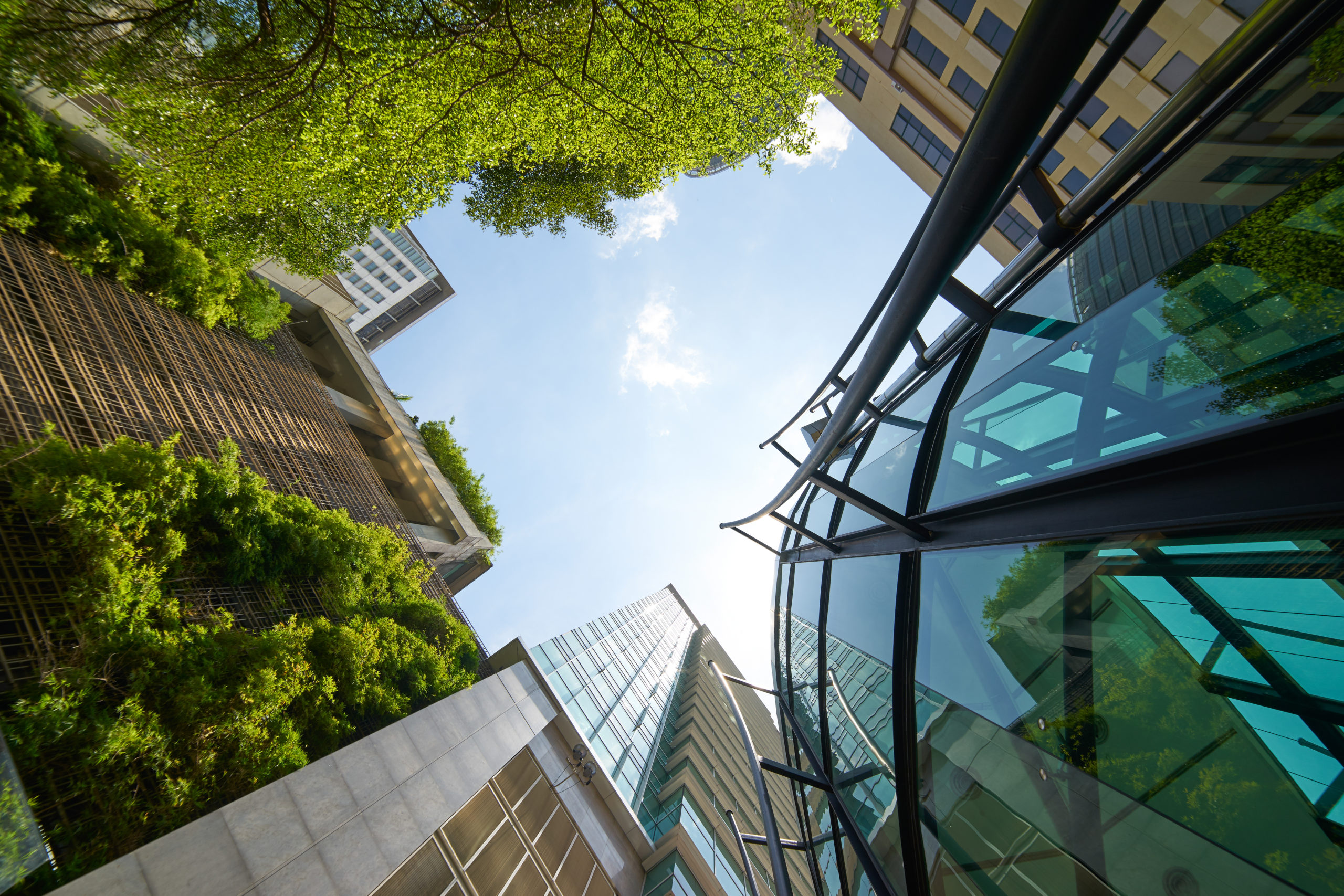
As our society changes, various challenges arise, including the need for eco-responsibility, connectivity, and security. The COVID-19 pandemic has caused significant changes in our workspaces, with telecommuting becoming a more permanent fixture in our work lives.
This has drastically altered the use of workspaces and our experiences within them. Additionally, the ongoing climate crisis and energy crisis demand a major upheaval in resource management. To meet these new challenges and adapt to future needs, it is necessary to upgrade our building portfolios, particularly with digital advances.
The primary challenge for smart building professionals is to integrate comprehensive solutions to manage real estate efficiency.
New Ways of Working
Increased telecommuting has significantly reduced the amount of time employees spend in the office, directly impacting workspace utilization. This has led to suboptimal use of workspaces, with some workstations remaining unused.
Coworking
A real-time people counting system provides crucial information, such as the number of people in various zones, average time spent, and the popularity of each area. In other words, this type of solution streamlines space management by analyzing high-traffic areas, floors, closed and open spaces, and workstation usage.
Coupled with an online booking system for meeting rooms, workstations, and cafeteria seating, employees can make autonomous decisions like reserving spaces or choosing to eat at a different restaurant to avoid long wait times.
Additionally, restaurant staff can plan meal production based on expected occupancy rates, saving time and reducing waste. In-depth analyses also provide insights into employee movements, allowing for optimized layouts and better overall experiences.
Environmental Trends
The growing urgency of climate change and the energy crisis has sparked a collective consciousness around resource management. The focus is now on sustainable, energy-efficient buildings that consume less and lead to cost savings.
Building connectivity allows for remote data collection on environmental factors such as temperature regulation based on occupancy rates. With software that tracks electricity, water, and gas consumption, usage patterns can be better understood and predictions can be made. A variety of environmental sensors, including humidity, temperature, CO2 levels, noise, lighting, smells, and vibrations, can be integrated to ensure air quality and environmental conditions for optimal employee experiences.
Security
These solutions not only ensure operational excellence for assets but also help avoid crowd movements and excessive occupancy levels. Environmental sensors can also be used to maintain health and safety standards and ensure optimal comfort for employees and visitors. Critical information from these sensors can be linked to security PCs to alert personnel when capacity thresholds are met, guaranteeing compliance with safety standards.
The buildings of tomorrow will be connected, providing remote control over every performance indicator to meet demands for operational excellence, security, and safety. Building management will be streamlined and optimized, allowing you to meet current needs and anticipate future changes. Data acquisition and analysis will improve predictions and facilitate proactive decision-making. By estimating the number of visitors, you can plan your resources, anticipate energy usage costs, and receive alerts.







